1978-2002




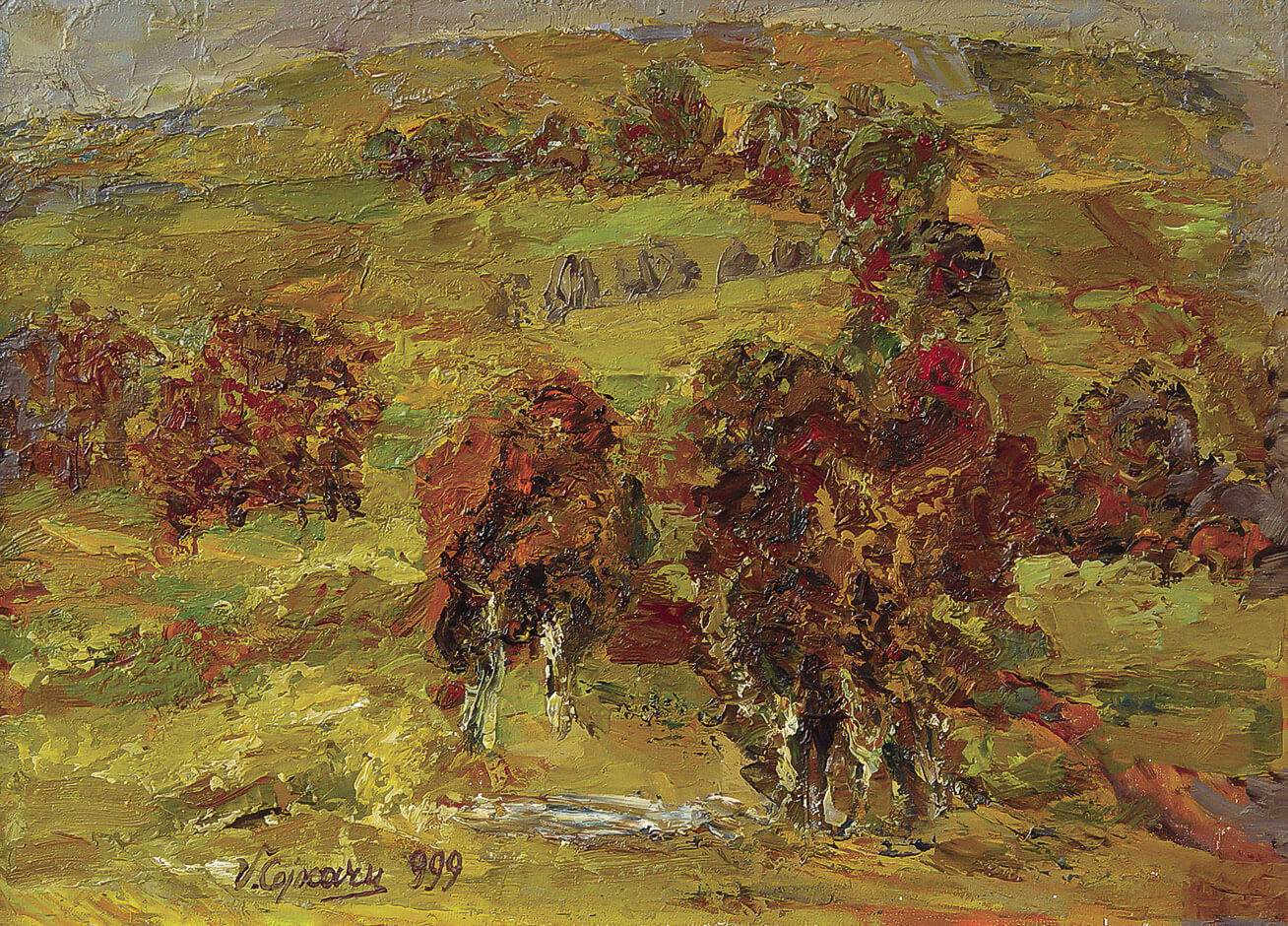

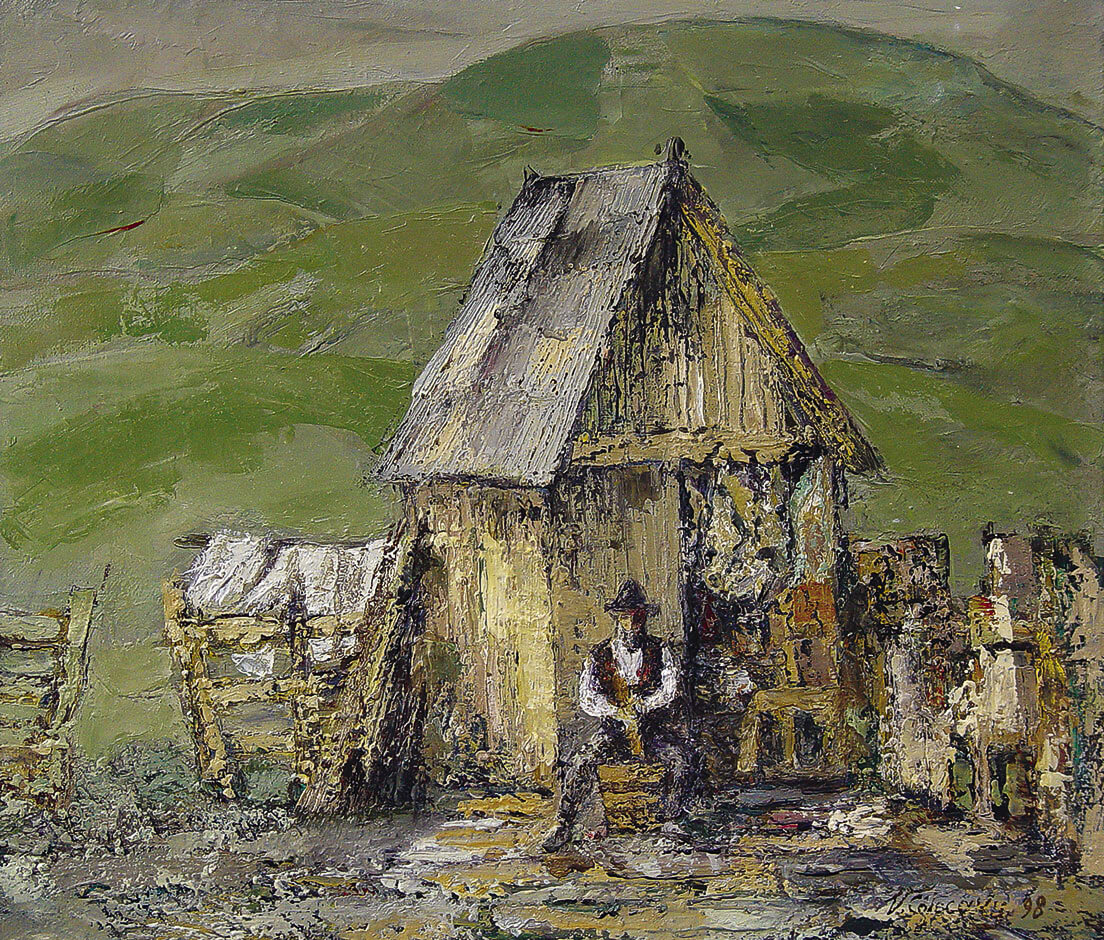
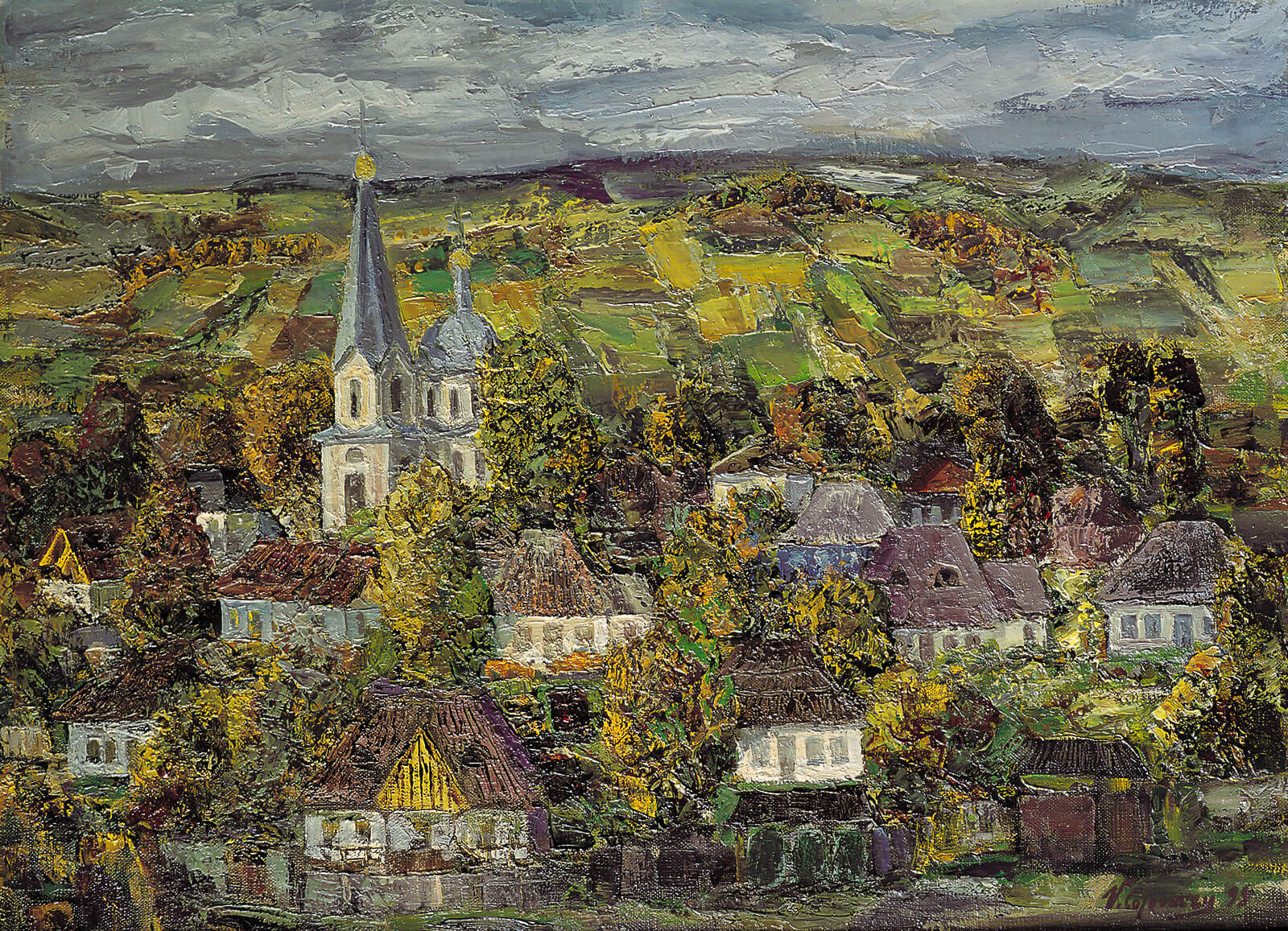


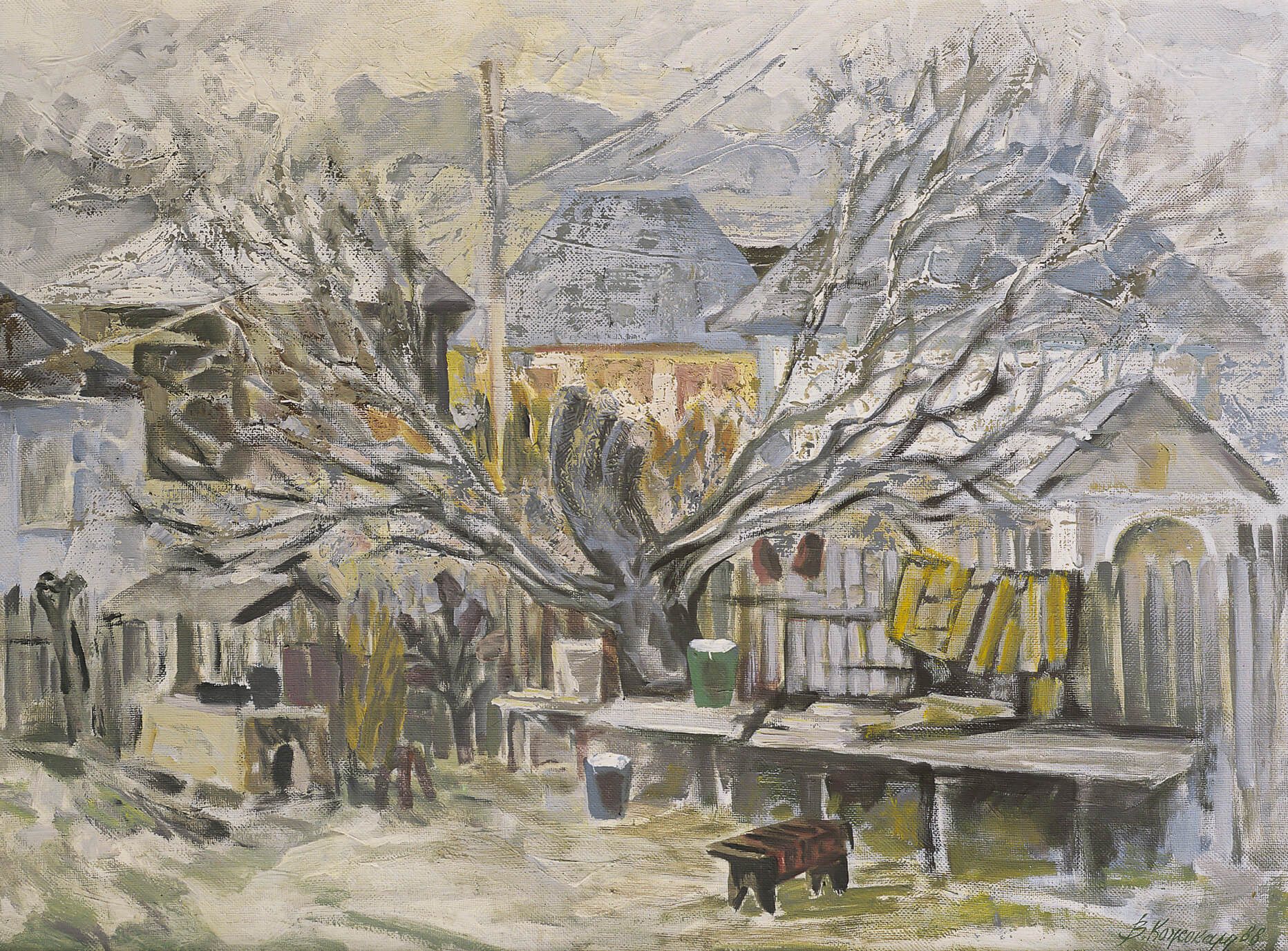

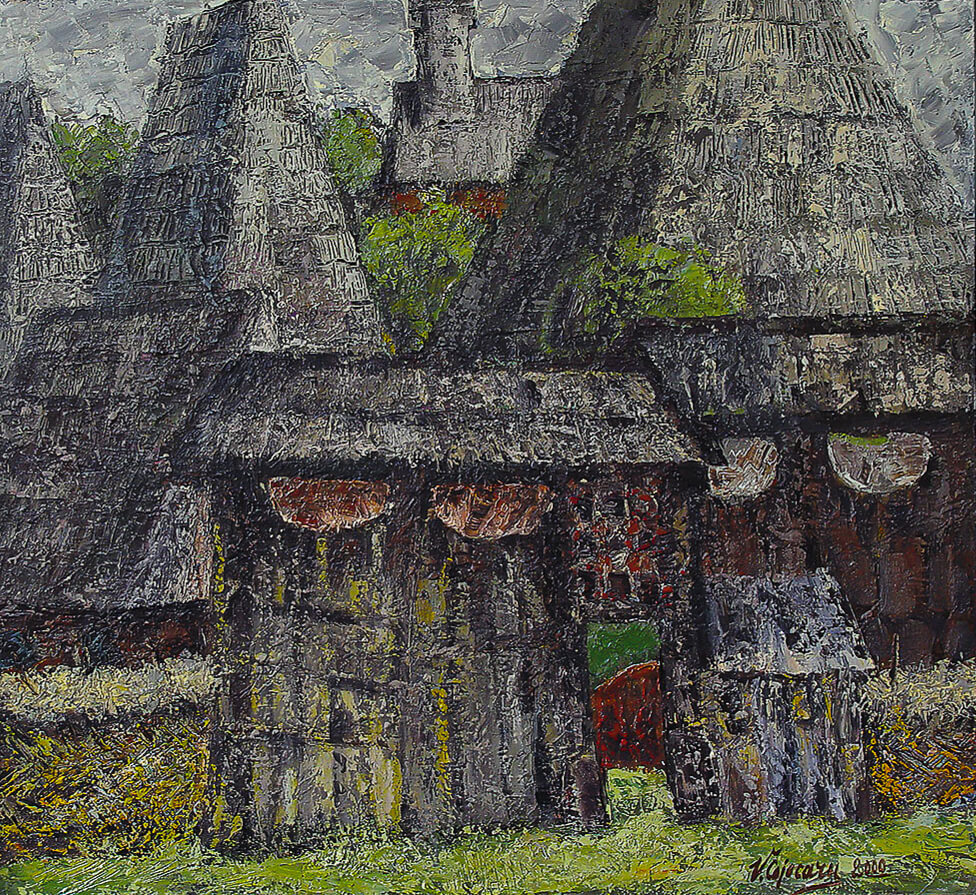










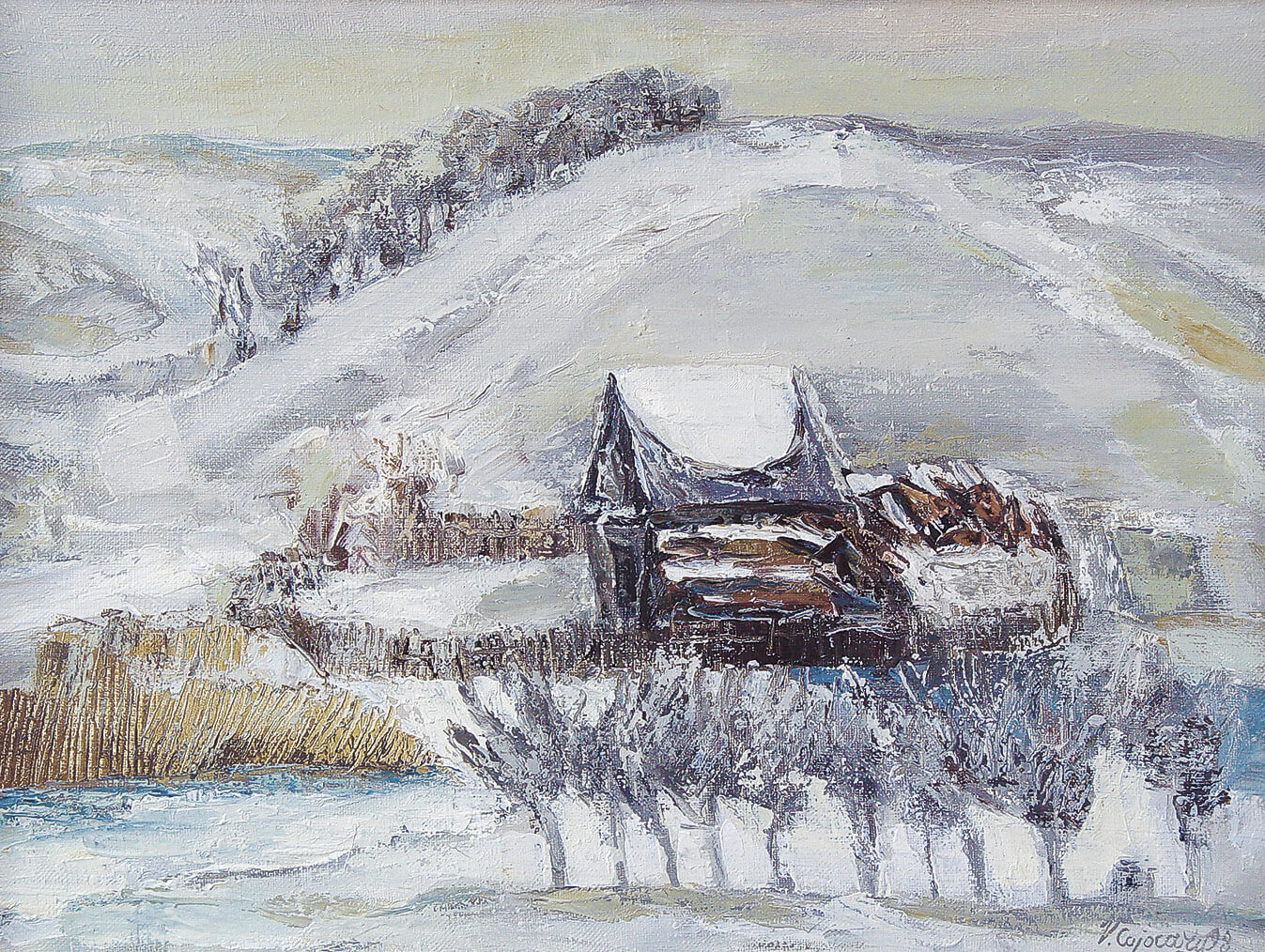





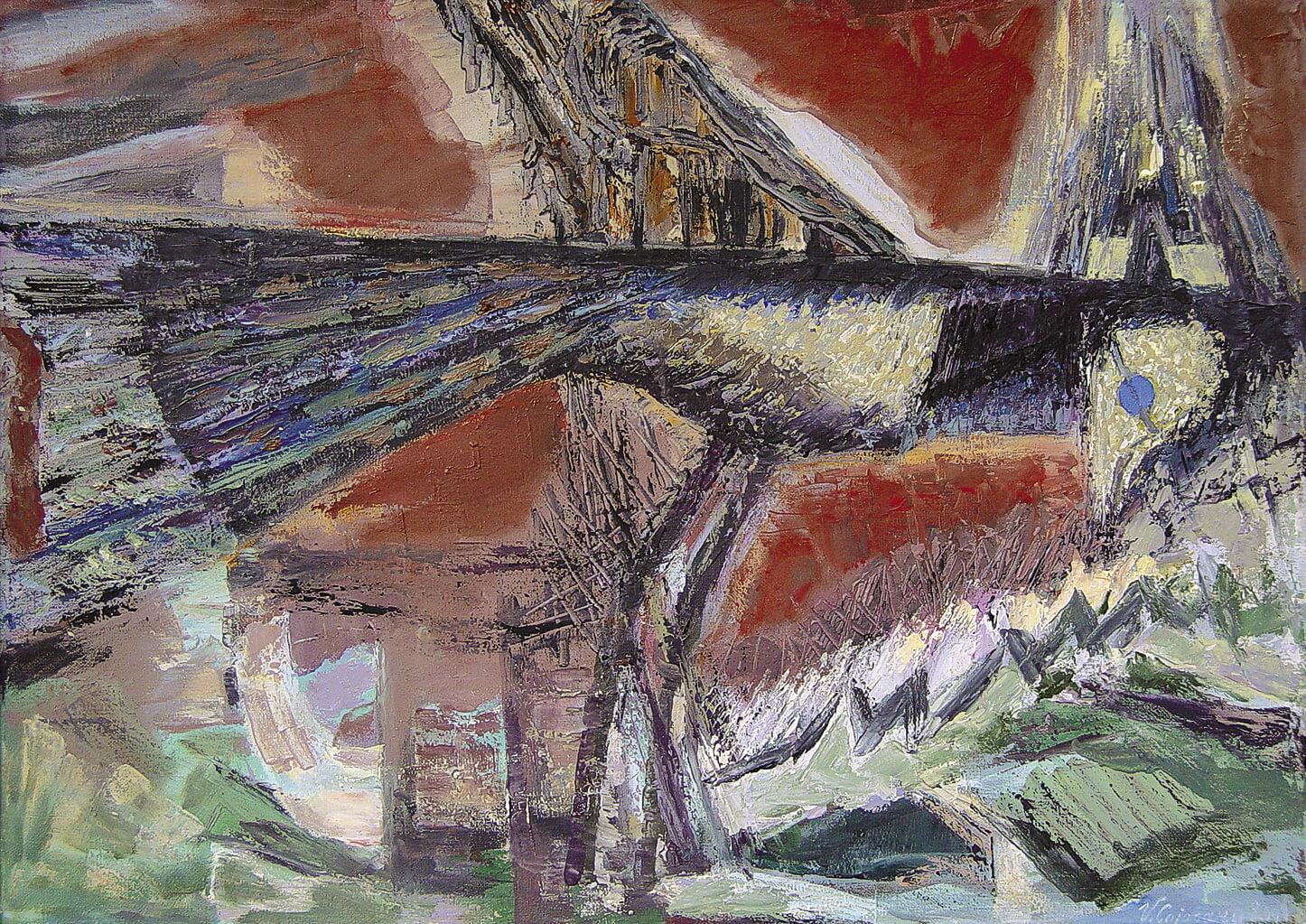
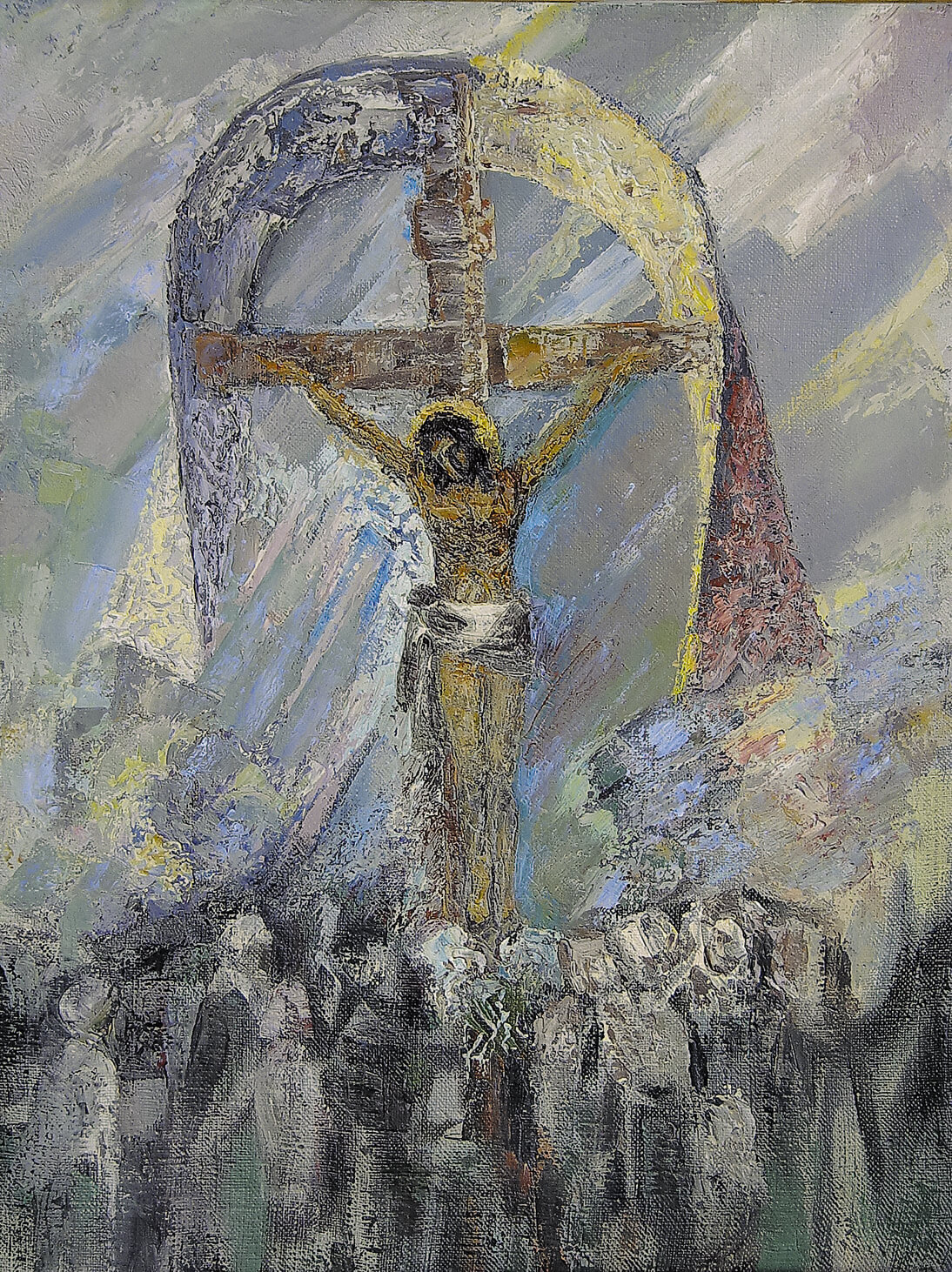


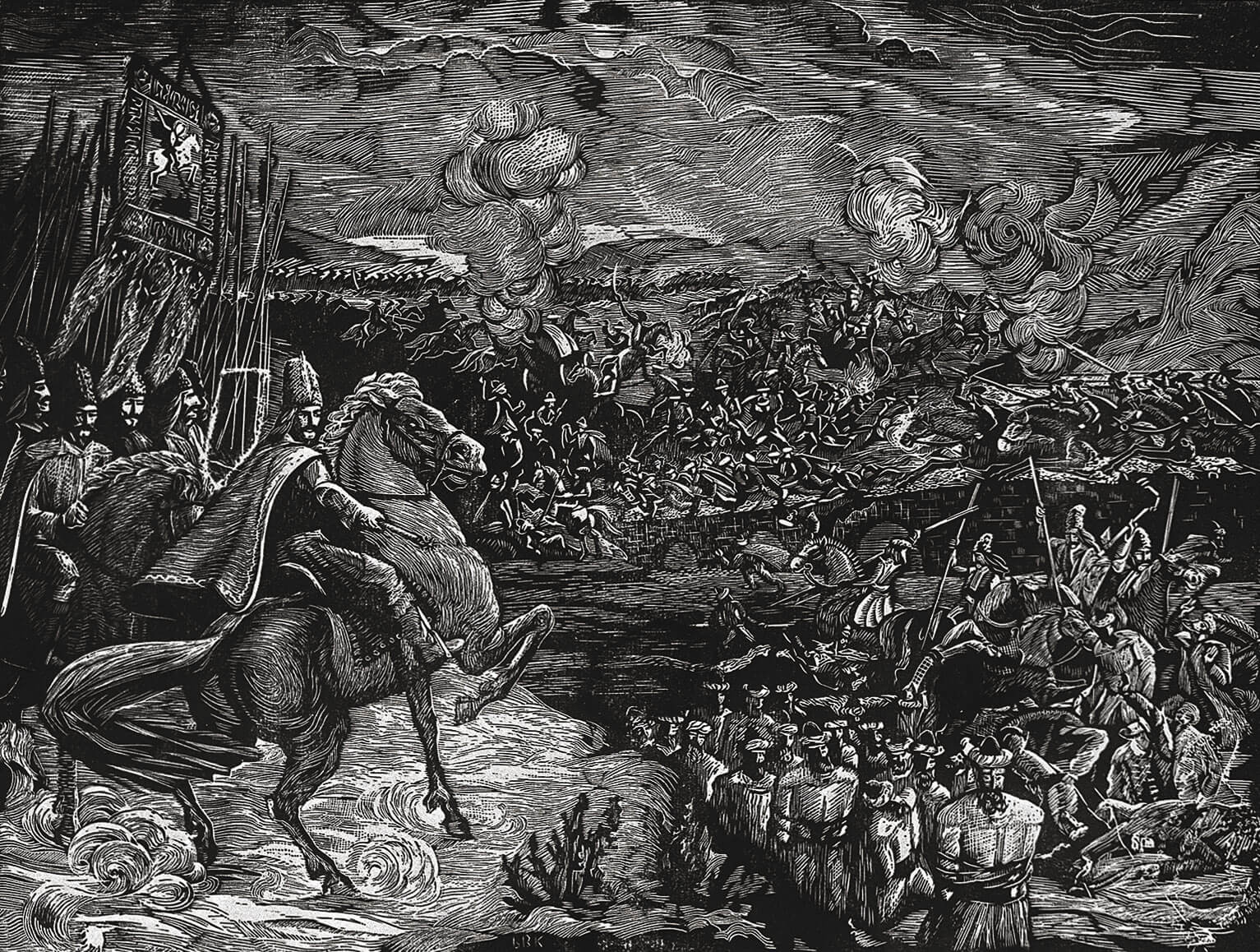

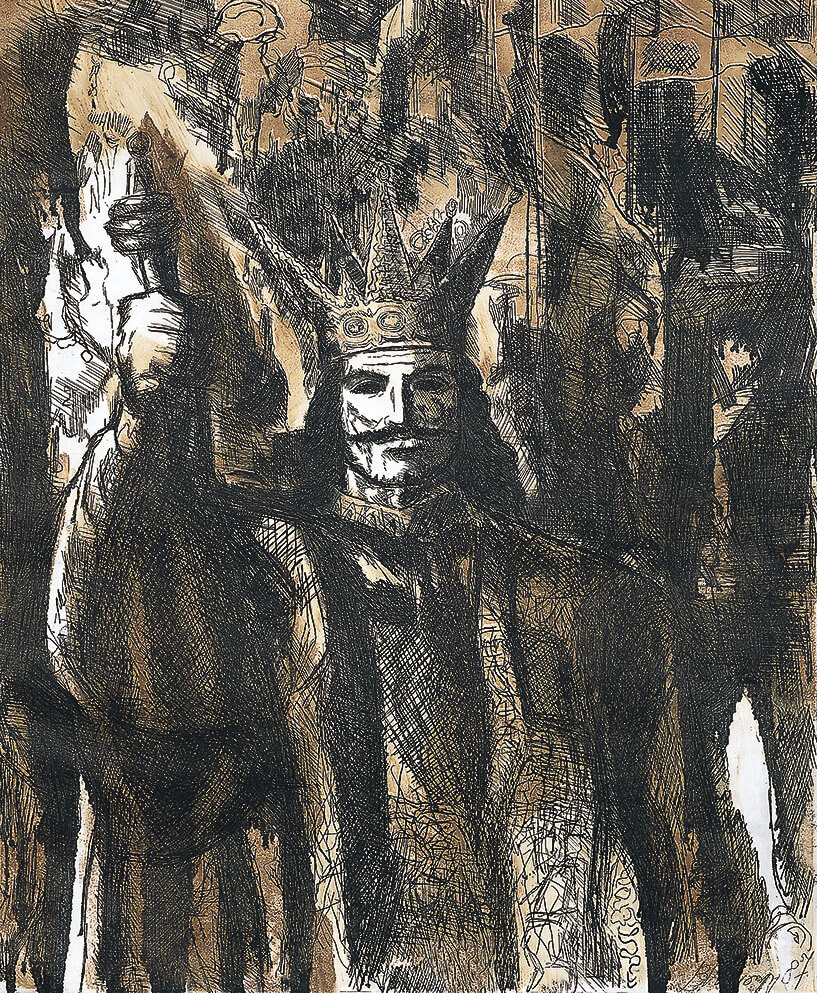
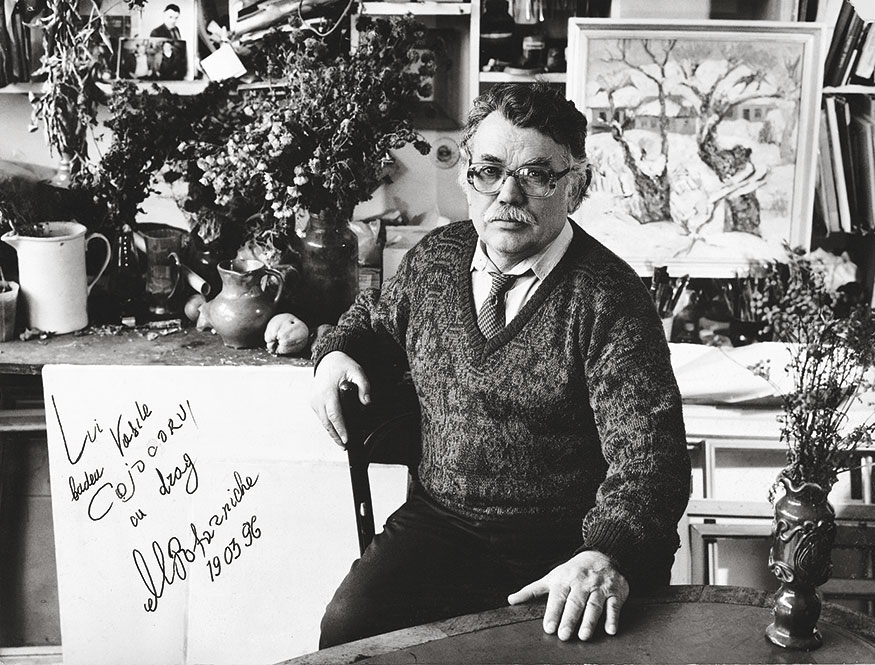
Vasile Cojocaru turns out to be an inexhaustible and generous master, with an obvious tendency towards constructive elements. He keeps inventing forms in reddish and rough shades of colour, sometimes refreshed by pure cobalt glitter. His oil paintings represent primarily landscapes and flowers, but the painter also creates portraits, in his graphic works, not less valuable than his oil painting. Although developing a reduced number of themes, at every renewal of the topic, Vasile Cojocaru also renews the design and its pictural effects. His inner strength creates vigurous images revealing substantial forms.
Born in the northern area of Bessarabia (currently Moldova), where numerous worthy farmers are also born, Vasile Cojocaru proves a special adoration for the bounty of the earth. In his paintings, he recreates landscapes with mild, northern light, with a wide horizon, ready to encompass as much terrestrial space as possible: haystacks full of freshness, old little houses, preserving the taste for simplicity and picturesque order, as well as other aspects of the Moldovan landscape.
The painter seems to rediscover the material substance in its diverse aspects, emphasizing its vital force, its thirst and vigour of coming into being. The regime of colours, based on a slow alternation of dark shades, is sober, with a highly concentrated texture. This tendency stems itself in the painter’s early artistic attempts: while shepherding the sheep, he was cutting figurines in wood – a craft he inherited from his father, a wood-cutter. Arriving in Chișinãu in order to follow specialized courses at the Republican Fine Arts School, Vasile Cojocaru became attracted by the charm of colour: that was a definite aspiration towards dominant shades of terracotta and scarlett, reminding the coloristic elegance of pottery.
The passion for rustic creation is also dominant in his graphic art, the painter preferring to work in pastel, engraving and drawing. He creates portraits of peasants, engineers, workers, and creators, modelling volumes through a moderate chiaroscuro or through the intensity of line projection. Women’s portraits are bathed in a moving lyrism, revealing a sharp, vigurous and extremely precise line. One must emphasize that the technique applied by Vasile Cojocaru in all artistic genres is filled with the sincerity and vigour of a healthy human being, with deep roots in the earth he is poetically representing. There is coloristic harmony and there is also line rigour in his painting technique and they seem to be fed in by a secret impulse of energy. The master managed to inspire these basic qualities, specific to his creation, to his students, during his prodigious career as a teacher.
Vasile Cojocaru redescovers emotional painting since he imparts a lot of feeling with everything he does: sculpture, graphics, pedagogy and administration. Although he declared himself a graphician, he was completely absorbed by painting. His paintings reveal a harsh and severe vision on nature. Leading a moderate life – even serene, one can say, maybe monotonous – in perfect accordance with his apparently calm temperament, he has, nevertheless, enormous reserves of delicacy and warm feelings deep in his heart, his passions being though consumed only in front of the easel. His profound goodness, full of understanding, distinction, tenderness and a special way of understanding the poetry in everything are essential attributes of his spiritual energy. And one can think that painting is his inner support, the frame of his moral and intelectual being. His emotional nature betrays itself through the silver white light, like cobalt powder or like snowfalls on the tree branches, through the clear and vibrating background, with tawny hints of earth and stripes of fresh and shiny green of plants. Thus, the canvas acquires an aspect of ripe fruit or freshly baked bread.
The paintings of Vasile Cojocaru, to his pride and his own compatriots’, are very successful beyond the Romanian perimeter as well, being the result of a thoroughgoing work, in perfect harmony with the painter’s artistic sensibility.